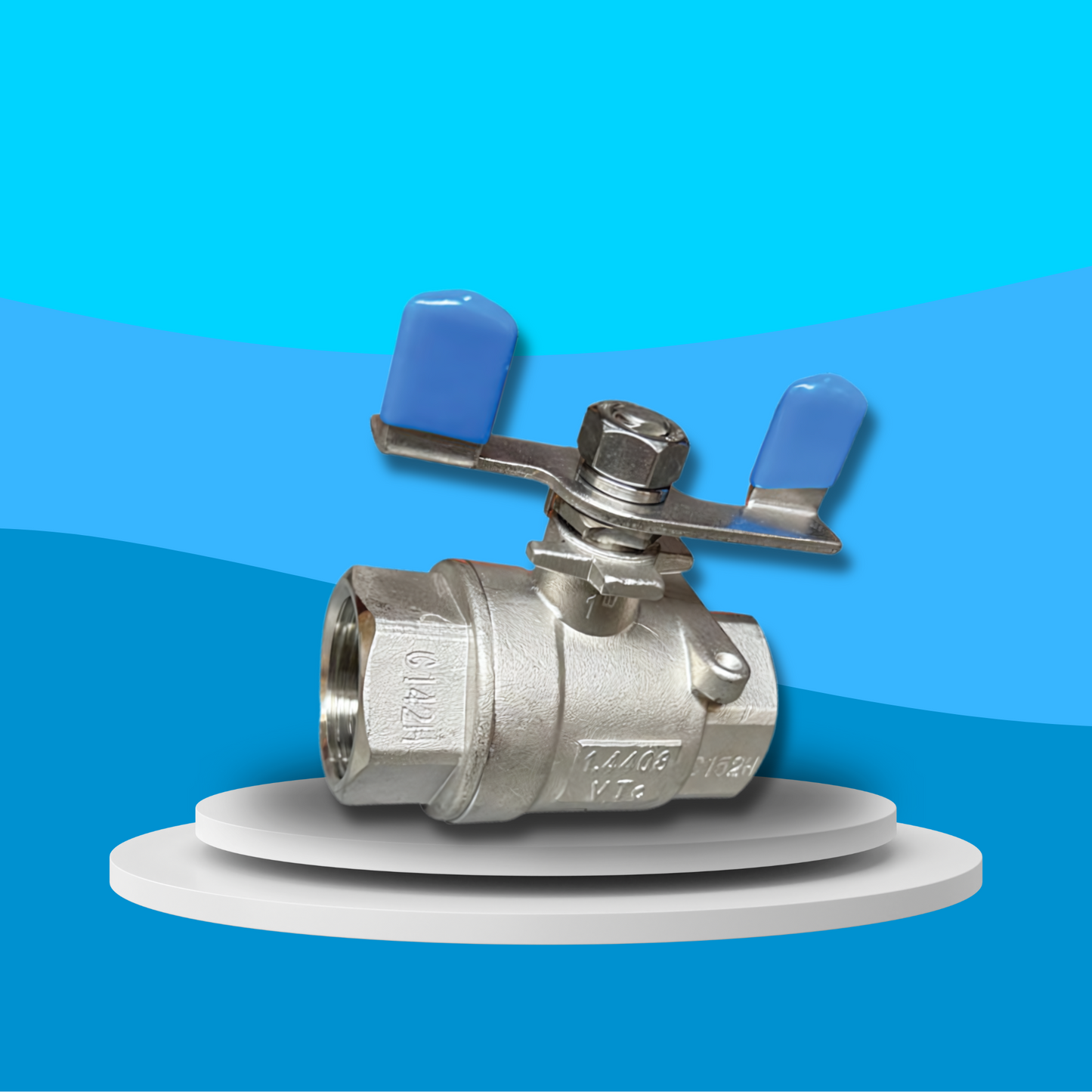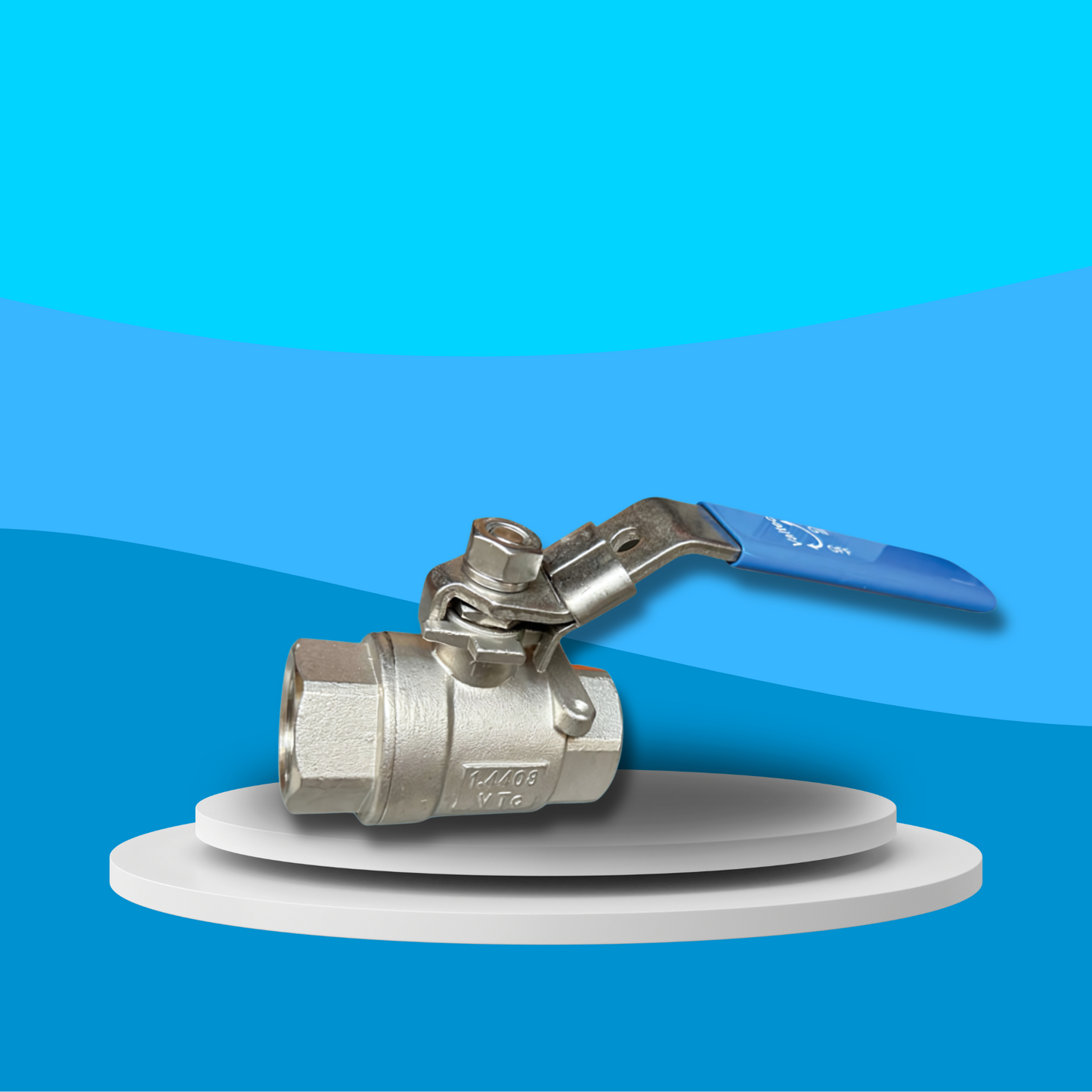Wras Valve
WRAS Approved Stainless Steel Two Piece Ball Valve
WRAS Approved Stainless Steel Two Piece Ball Valve
Couldn't load pickup availability
WRAS Certified
Introducing the WRAS Approved Stainless Steel Two Piece Ball Valve, engineered for superior performance and reliability in fluid control systems. This range includes two distinct models: the Butterfly Handle variant and the Locking Device model. Both options are designed for optimal flow and secure valve operation, making them ideal for a wide range of residential, commercial, and industrial applications.
Key Features:
- WRAS Approved: Certified to meet stringent WRAS standards for water safety and quality.
- Full Bore Design: Ensures maximum flow efficiency and minimal pressure drop.
- High-Quality Materials: Constructed from CF8M stainless steel for enhanced durability and corrosion resistance.
- Secure Operation: Available with either a Butterfly Handle or a Locking Device for secure and convenient valve operation.
- Durable Seals: Equipped with PTFE seats and seals for reliable performance.
- Wide Temperature Range: Operates effectively between -10°C and 180°C.
- High Pressure Rating: Rated at PN63 for robust performance under high pressure conditions.
- Versatile Application: Suitable for use in residential, commercial, and industrial water systems.
Specifications:
- Body Material: CF8M Stainless Steel
- Cap Material: CF8M Stainless Steel
- Ball Material: CF8M Stainless Steel
- Seat Material: PTFE
- Joint Gasket: PTFE
- Stem Material: AISI 316 Stainless Steel
- Thrust Washer: PTFE
- Gland Nut: AISI 304 Stainless Steel
- Stem Packing: PTFE
- Handle Material: AISI 430 Stainless Steel
- Handle Cover: Plastic
- Lock Device: AISI 430 Stainless Steel
- Spring Washer: AISI 304 Stainless Steel
- Stem Nut: AISI 304 Stainless Steel
Share


FAQ's
What is the difference between a valve and an actuator?
What types of actuators are available?
The main types of actuators are:
Pneumatic actuators – use compressed air for fast, reliable operation.
Electric actuators – use electrical power for precise control.
Hydraulic actuators – use fluid pressure for high-torque applications.
Each type offers unique advantages depending on the environment, media, and system control needs.
How do I choose the right actuator for my valve?
To select the correct actuator, consider:
Valve type and torque requirement
Power source available (air, electric, or hydraulic)
Operating environment (temperature, humidity, hazardous area)
Control signal type (on/off or modulating)
Matching actuator torque and compatibility with the valve’s ISO mounting ensures reliable performance.
What are the main types of valves used in automation?
The most common valves in automated systems include:
Ball valves – for tight shutoff and quick operation.
Butterfly valves – for larger flow control with compact design.
Globe valves – for precise throttling and flow regulation.
Check valves – to prevent backflow.
Gate valves – for full bore flow isolation.
What’s the difference between a double-acting and spring-return actuator?
Double-acting actuators use air (or power) to both open and close the valve.
Spring-return actuators use air to open (or close) the valve, and a built-in spring to automatically return it to a safe position when power or air is lost — ideal for fail-safe operation.
How often should valves and actuators be serviced?
Regular maintenance intervals depend on operating conditions, but a good rule of thumb is to inspect every 6–12 months.
This includes checking for leaks, lubrication, seal wear, and actuator responsiveness to prevent unexpected downtime.


